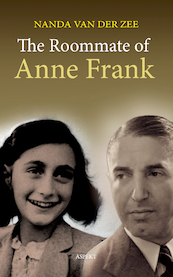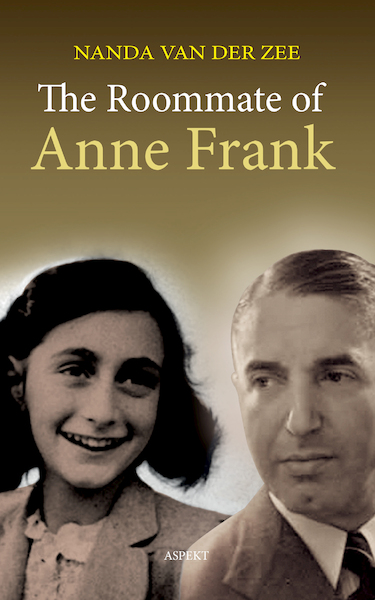| Prijs | € 4,99 |
Adobe PDF | Juni 2021 |
Beoordeel dit boek als eerste!Beschrijving
Specificaties
- Auteur
- Nanda van der Zee
- Uitgever
- Aspekt B.V., Uitgeverij
- ISBN
- 9789464247121
- Formaat
- Adobe PDF
- Publicatiedatum
- Juni 2021
- Bestandsgrootte
- 18294059 bytes
- Taal
- Engelstalig
- Aantal Pagina's
- 96
Beschrijving
In the autumn of 1987, a small bun-dle containing photographs and news-paper clippings, which used to belong to Charlotte Kaletta, was found by an employee of the Anne Frank Founda-tion on the Amsterdam flea market. This sensational discovery led her to another set of photographs and letters among Kaletta’s belongings. Charlotte Kaletta had been the lover of Fritz Pfeffer, a German born Jewish dentist, who under the name of ‘Dussel’ - which means ‘day-dreamer’ or even ‘dullard’ - prominently appears in the diary of Anne Frank. In Het Achter-huis (The Secret Annex), probably the most famous book after the Bible, as it has been translated into 58 languag-es, Anne Frank describes this man, who was her roommate in hiding for almost two years, as a narrow minded, irritating and gloomy figure. This material, including Pfeffer’s last letter to Kaletta dated November 15, 1942, came into the hands of the well-known Dutch historian Nanda van der Zee. With the help of Pfeffer’s son, who gave her a wealth of unpublished photographs, as well as friends and acquaintances of Kaletta and Pfeffer from Germany, Holland, Belgium and South Africa and the Pfeffer archives of the Anne Frank Foundation, she re-created the story of his life. This book, De Kamergenoot van Anne Frank , which was published in The Netherlands in 1990, received goods reviews, such as the one in ‘Holocaust and Genocide Studies’ (Vol. 7. Nr. 2. 1993 Oxford University Press). It is now also available in an English translation. It is the merit of Nanda van der Zee that she corrects the image that Anne Frank gave of Pfef-fer and in essence rehabilitates him. She does so in a fictionalised interview with Charlotte Kaletta, which is based on her reappeared belongings, a style that at best can be described as ‘documented fiction’.In this setting, the Dussel/Pfeffer image undergoes major revision. He emerges in the ‘interview’ and his letters, which have been fully included, as an af-fectionate man and a caring, warm lover. This new image proves to be a correc-tion to the ‘Diary’ and may alter some of the hagiography surrounding Anne Frank, a symbol, if not an icon, in the United States and beyond. That is why The Roommate of Anne Frank should reach a wider audience. The testimony it presents will penetrate deeper than a more empirical, historical account. It is a valuable supplement to the ‘Di-ary’ and a correction of what we knew about Pfeffer until now. The most significant value however lies in the author’s underlying message: that war has a total, senseless and destructive effect on everybody.
Schrijf een recensie
Specificaties
- Auteur
- Nanda van der Zee
- Uitgever
- Aspekt B.V., Uitgeverij
- ISBN
- 9789464247121
- Formaat
- Adobe PDF
- Publicatiedatum
- Juni 2021
- Bestandsgrootte
- 18294059 bytes Kb
- Taal
- Engelstalig
- Aantal Pagina's
- 96







